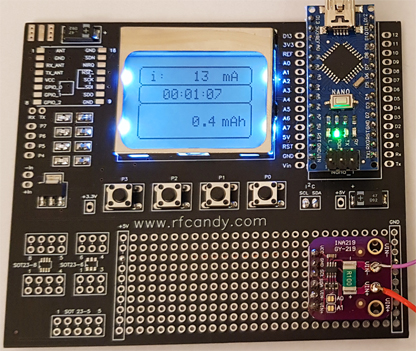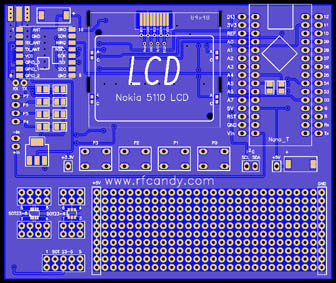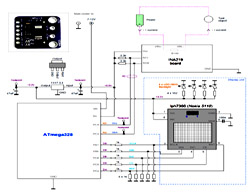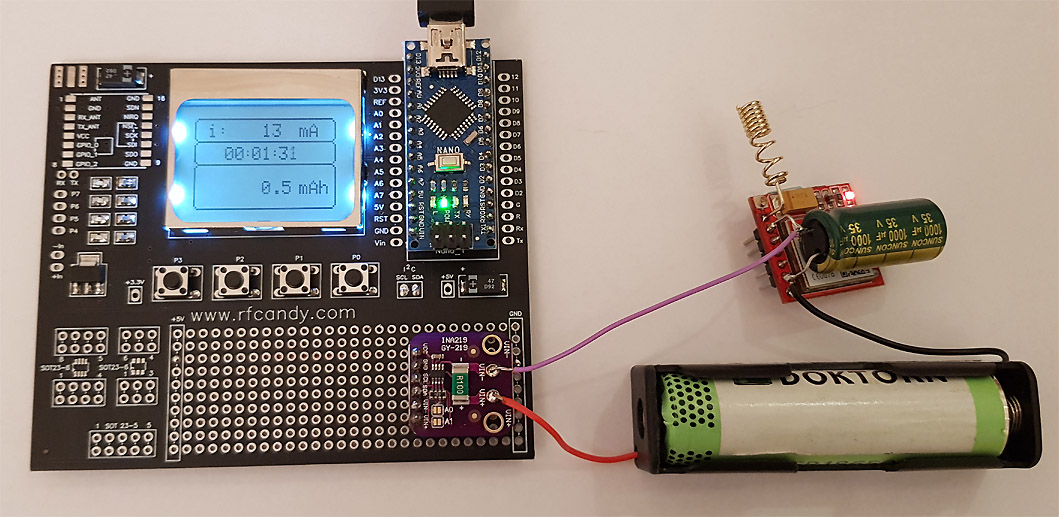
 Order a KIT
Order a KITKit include pre assembled board ready to use as energy meter.
Unit will have perfect contrast and functionality!
Order here
 Arduino Energy meter INA219
Arduino Energy meter INA219 How much energy does the SIM800L need to work properly, and can I run it on solar cells?
How much energy does the SIM800L need to work properly, and can I run it on solar cells? Hardware and schematic
Hardware and schematic

 Order a KIT Order a KITKit include pre assembled board ready to use as energy meter. Unit will have perfect contrast and functionality! |
|
|
Order here |
|